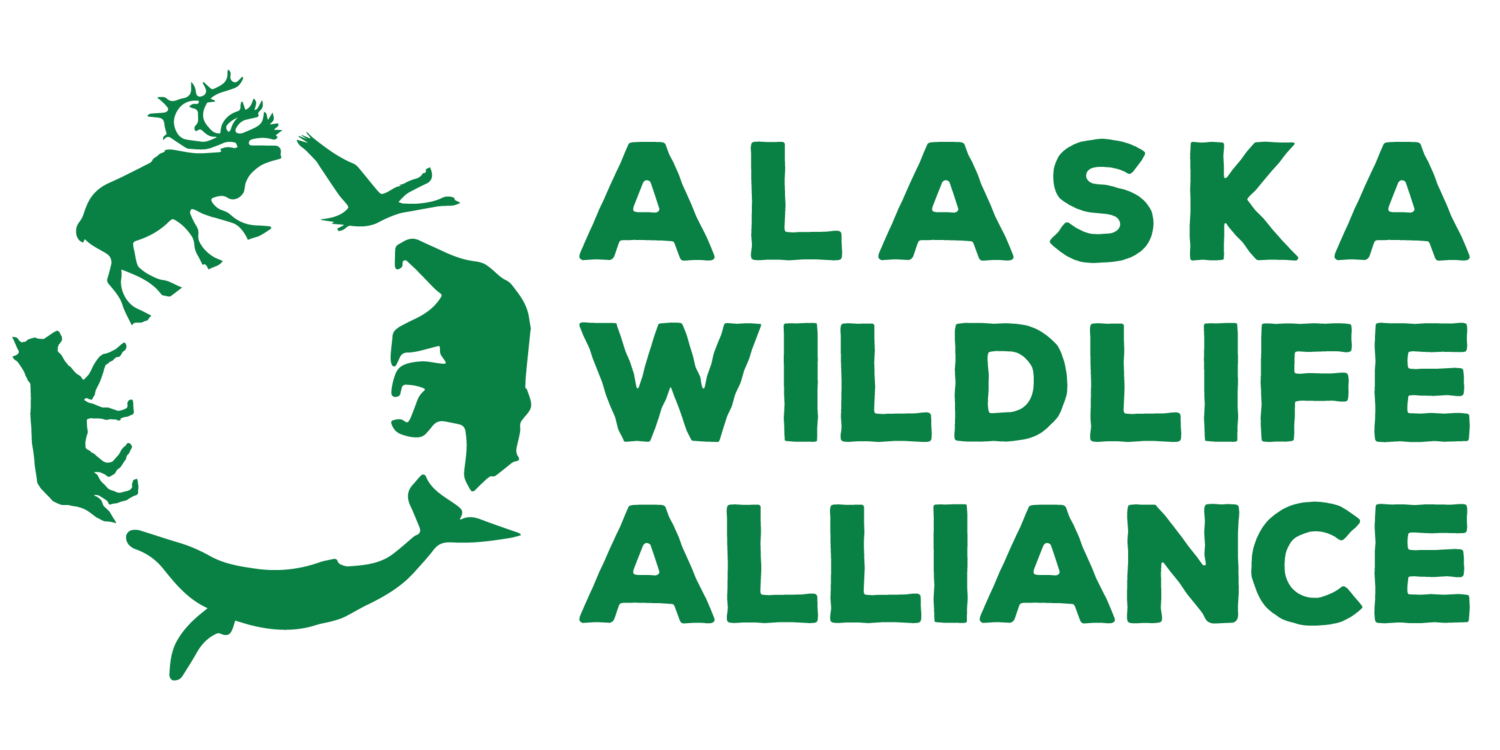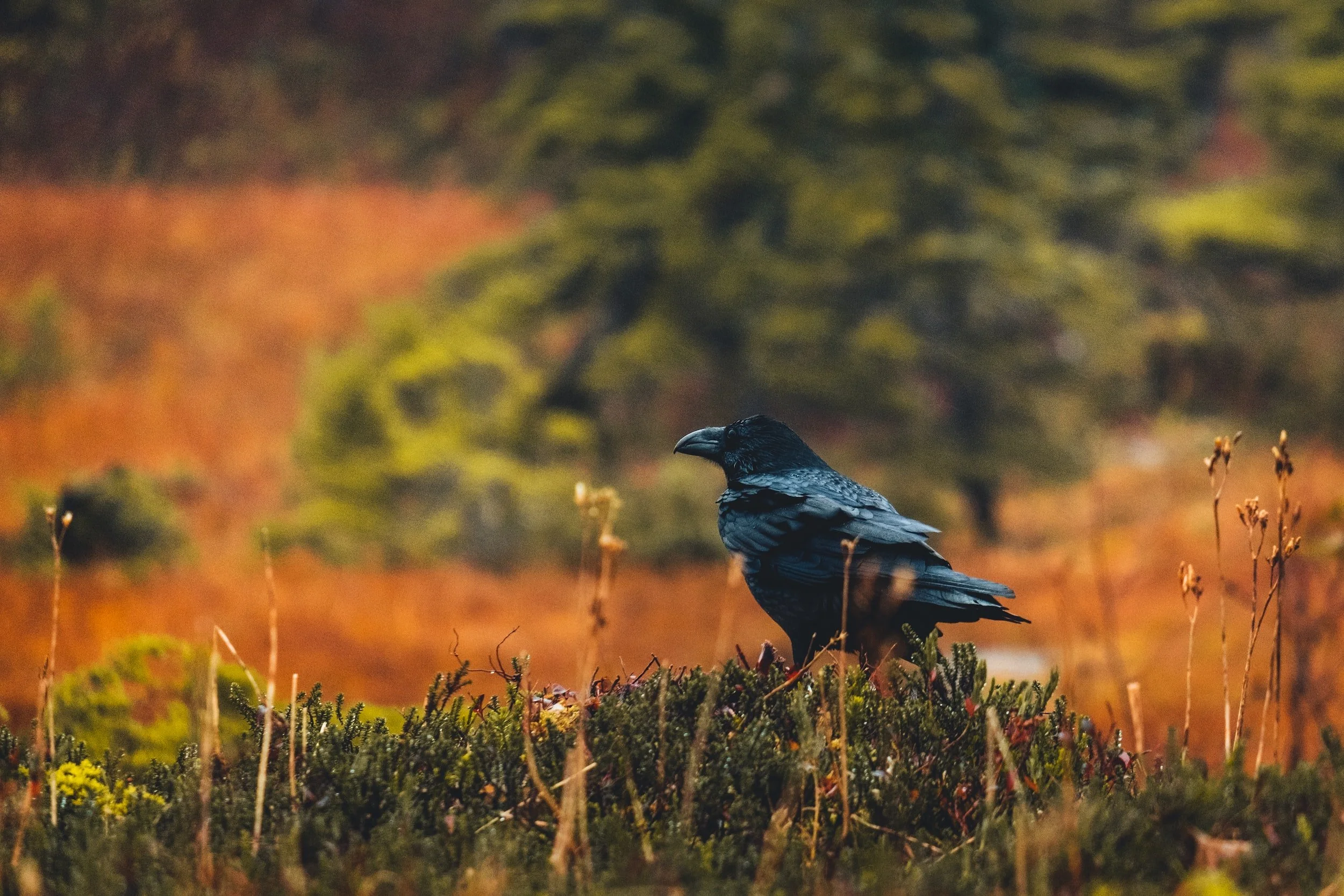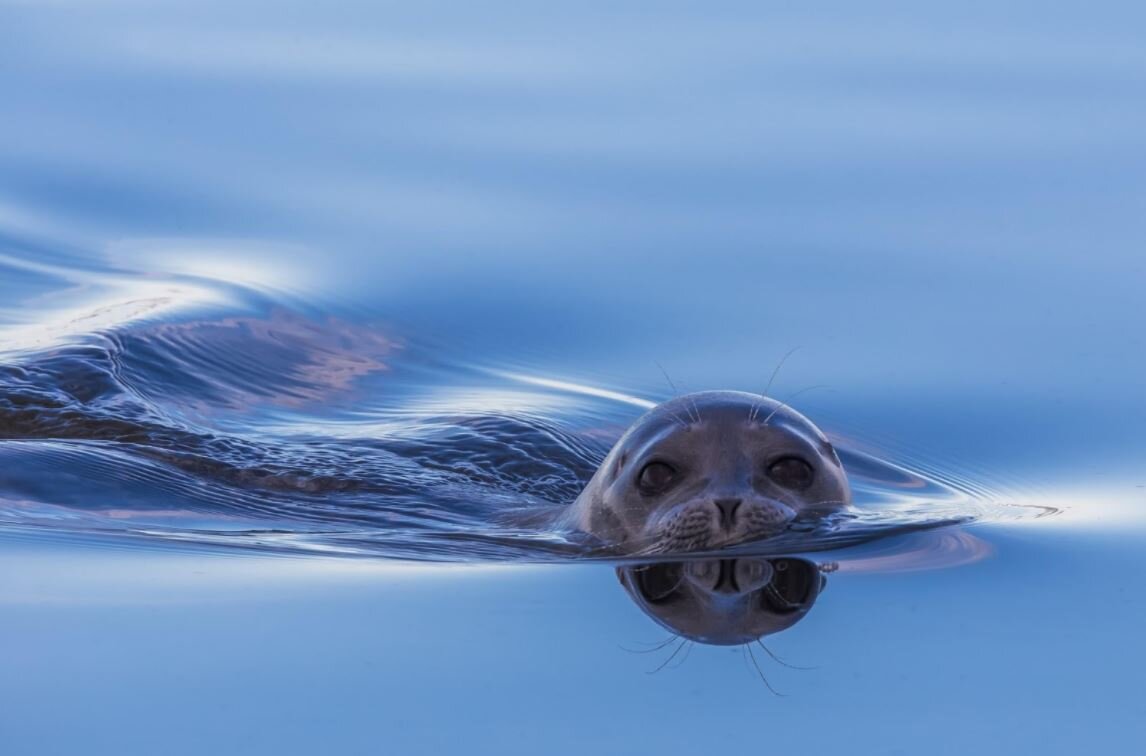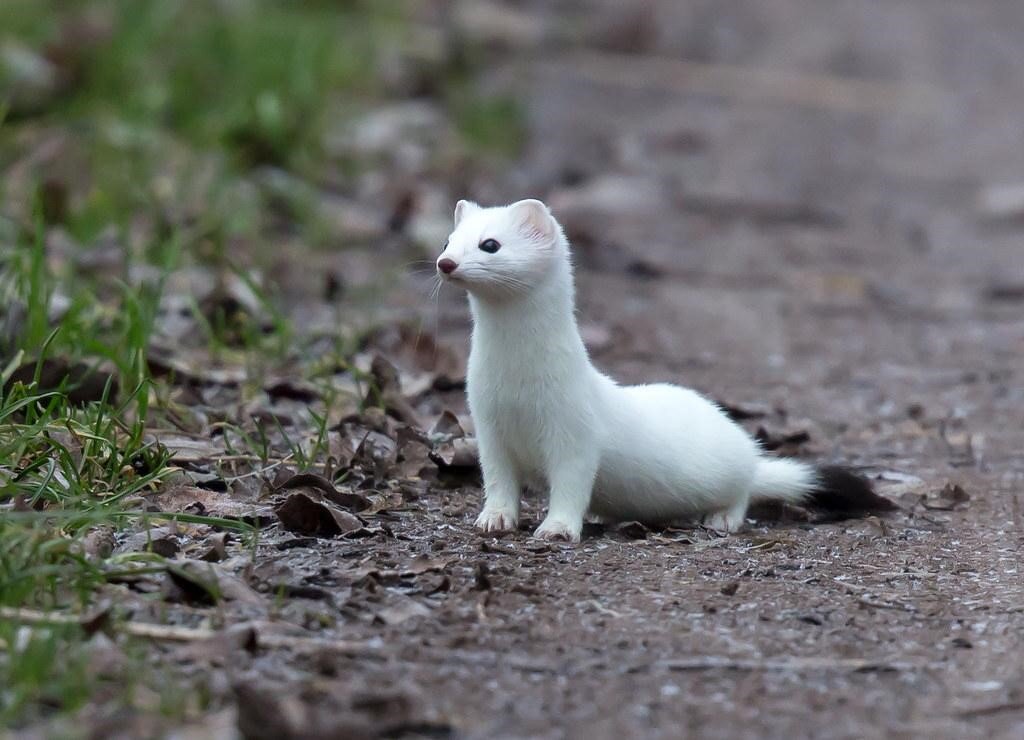
If you missed our summer screening of A Good Wolf, now's your chance to see it at home online!
A Good Wolf is a feature-length documentary film examining a 40-year conflict over a single tract of land adjacent to Denali National Park—a volatile struggle between state and federal authorities, fur trappers and wildlife advocates, and competing human interests on public lands. Armed with thorough data, biologists and activists bring a new proposal to state authorities, hoping to regain protections for wolves near the park boundary. But local trappers are adamantly opposed. Hanging in the balance are some of America’s most iconic landscapes and wild creatures, including the remarkable Wolf 1202.
Watch it online here.
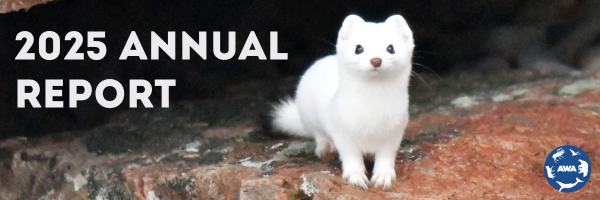
Our 2025 Annual Report is Here!
Another year of protecting Alaska’s wildlife has somehow come and gone, and we have our Annual Report to prove it. 2025 was marked by tremendous victories and heartbreaking pivots—learn more about our work in our 2025 Annual Report.
Who We Are
Alaska is one of the few places on Earth where wildlife roam wild lands. The state is home to a unique and spectacular array of aquatic and terrestrial wildlife species, and our constitution recognizes that fish, forests, wildlife, grasslands, and other replenishable resources belong to Alaskans and are to be maintained in perpetuity.
Founded in 1978, Alaska Wildlife Alliance (AWA) is not only the oldest Alaska-based grassroots organization working to conserve our wildlife, but we’re also the only statewide, Alaska-founded 501(c)3 nonprofit dedicated solely to the protection of Alaska’s wildlife. As such, we are uniquely placed to serve as a voice for the state’s wildlife, safeguard their abundance, biodiversity, and habitat, and advocate for science-based, ethical wildlife management.
Our Mission
Alaska Wildlife Alliance is committed to the protection of Alaska’s wildlife for its intrinsic value, as well as for the benefit of present and future generations of Alaskans. We advocate for healthy ecosystems, scientifically and ethically managed to protect our wildlife in an increasingly dynamic world.
Explore Our Programs

Voices for wildlife
Alaska’s wildlife doesn’t have a voice in the decision-making processes that directly affect them. Bears can’t attend Board of Game meetings, belugas can’t educate fishermen about their importance to an ecosystem, and caribou can’t explain how a changing climate affects their habitat. That’s where AWA comes in.

endangered species recovery
Every species in Alaska is vital to the ecosystem. AWA establishes robust, grassroots strategies to recover Alaska’s threatened and endangered Species, focusing on a few species at a time to ensure we’re successful.
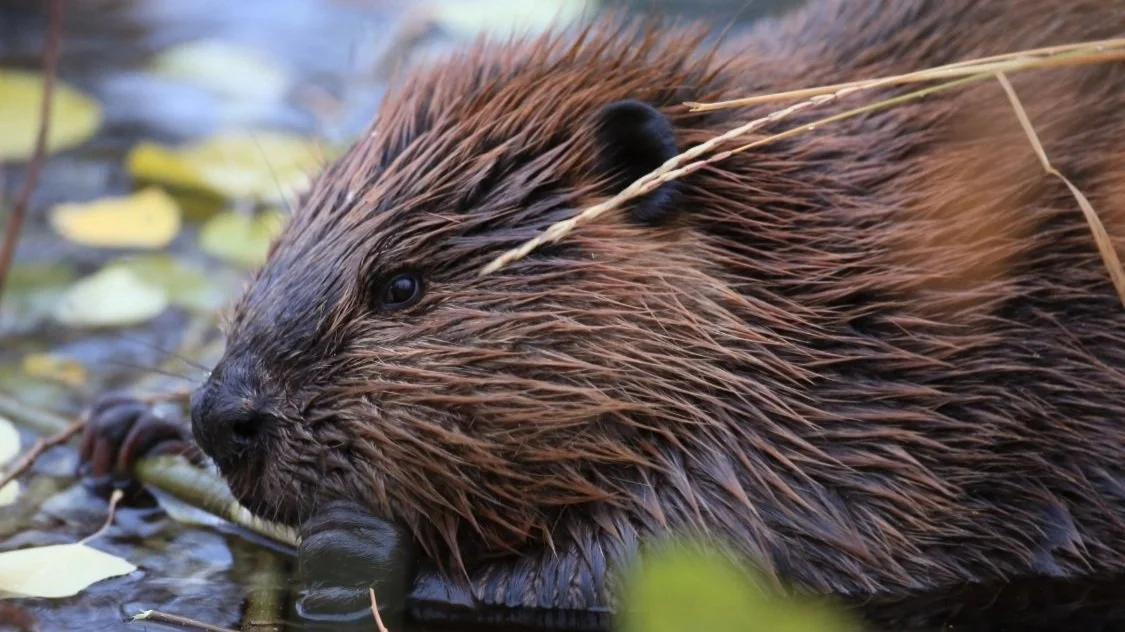
climate adaptation
Alaska is warming over three times faster than the lower 48, threatening our wildlife and the people who depend upon them. AWA is developing a novel, frontline adaptation program using nature-based solutions to sustains biodiversity in our rapidly changing climate
The State of Alaska killed 191 bears, shooting them from helicopters in Southwest Alaska. More than 20 were sows with cubs. Help us stop the Mulchatna bear control program.
Recent Alaska Wildlife News
2024 Annual Report
We were busy as beavers in 2024— literally, we even built a beaver dam analog this year! From protecting polar bears from oil and gas harassment to securing hunting and trapping setbacks for wildlife crossings, we accomplished a lot for Alaska's wildlife in 2024.
Check out our 2024 Annual Report to learn more.
Our Upcoming Events
Join us for an hour-long presentation on walruses with US Fish and Wildlife Service wildlife biologist Devin Johnson!
Dive Alaska will be hosting the fourth annual Whittier Harbor Clean Up! Swing by the educational tables to meet the AWA staff and learn more about our work.
Join us for an hour-long presentation on bats with ADFG wildlife biologist Arin Underwood!
Explore Alaska’s Wildlife

Purchase awa merchandise
Looking for a gift for yourself or someone in your life? Purchase a gift that gives back towards wildlife!
Thank you to our supporting members and corporate sponsors! Fuel this movement through an individual donation or a small business sponsorship today!

